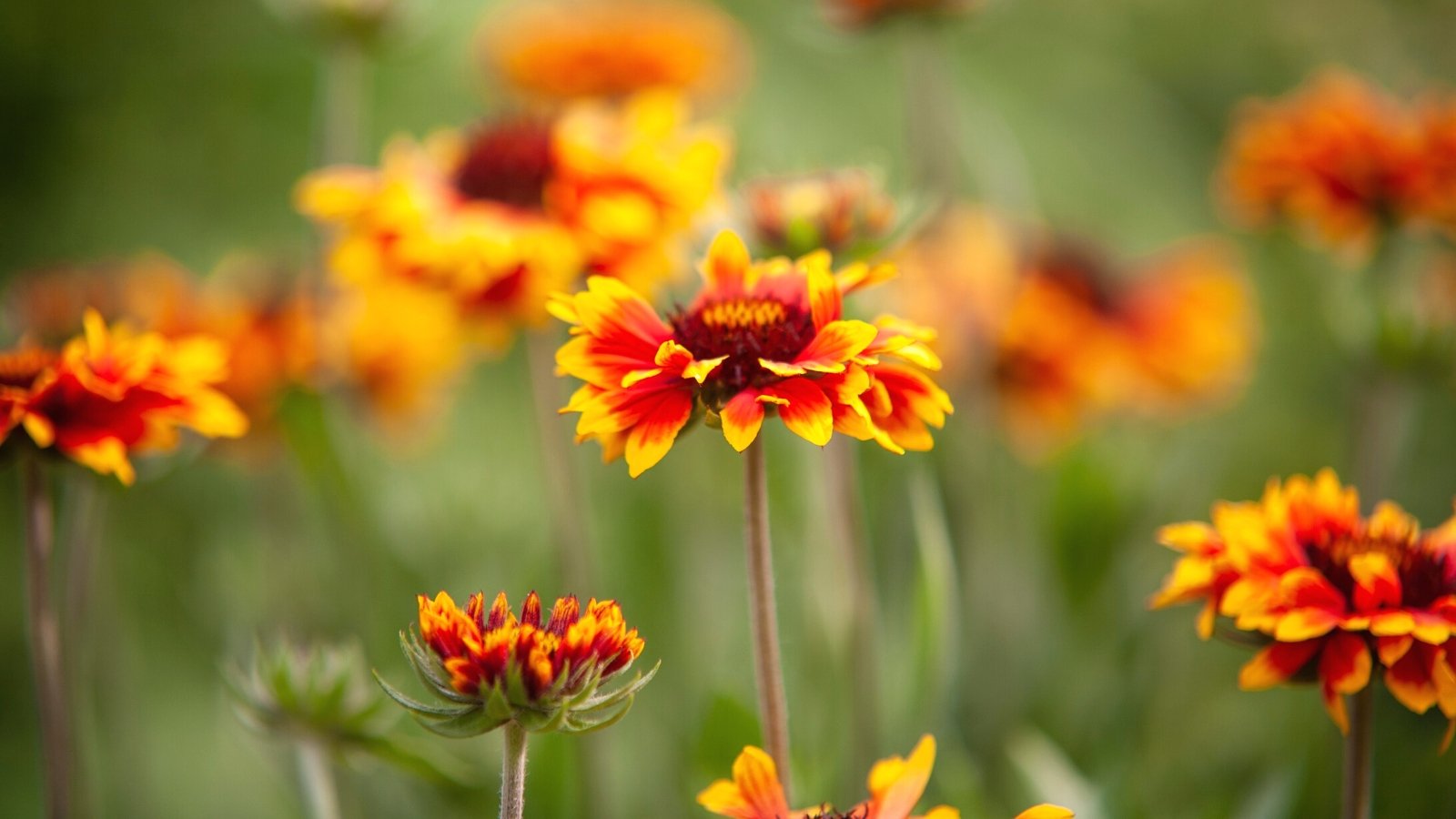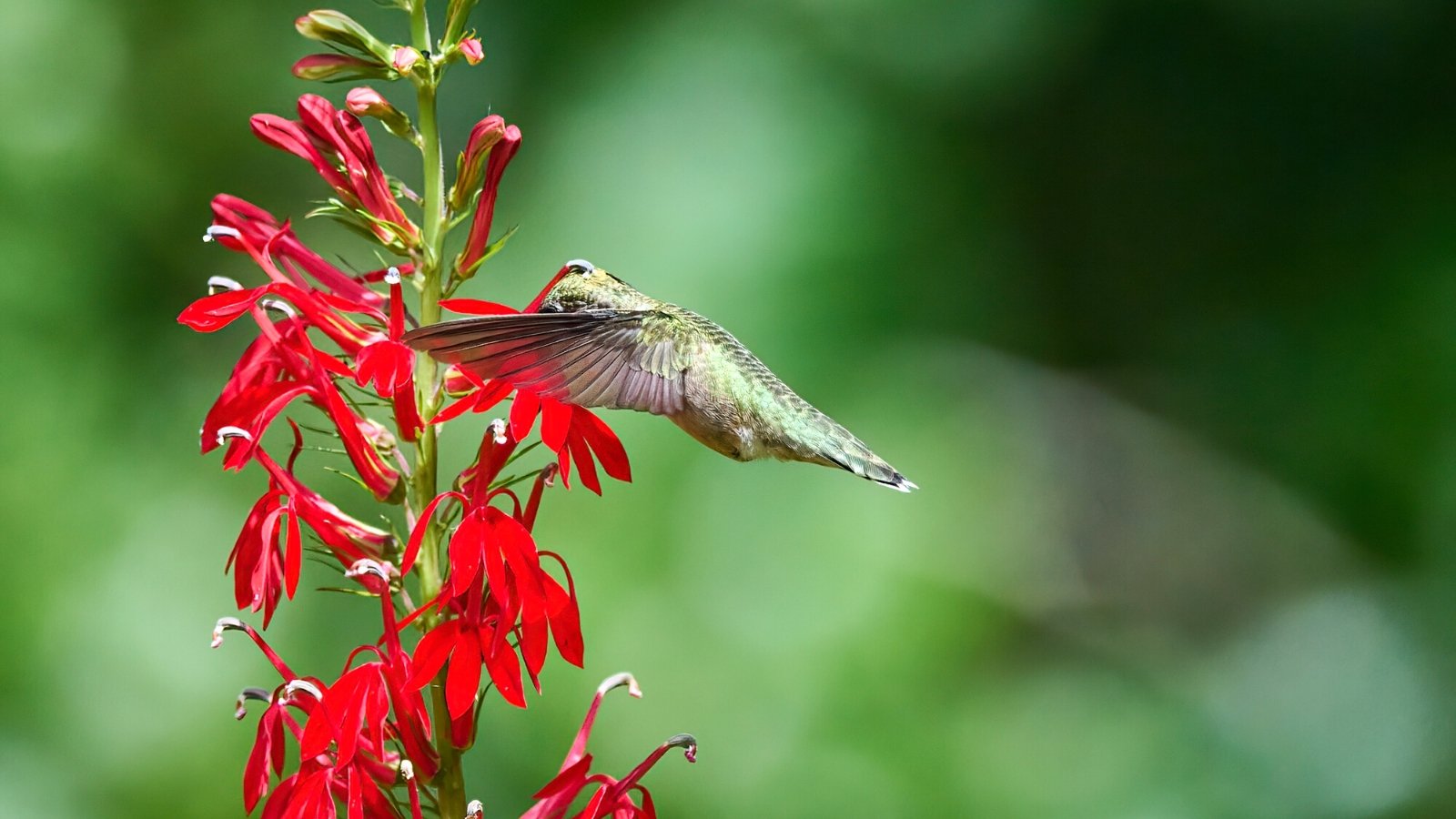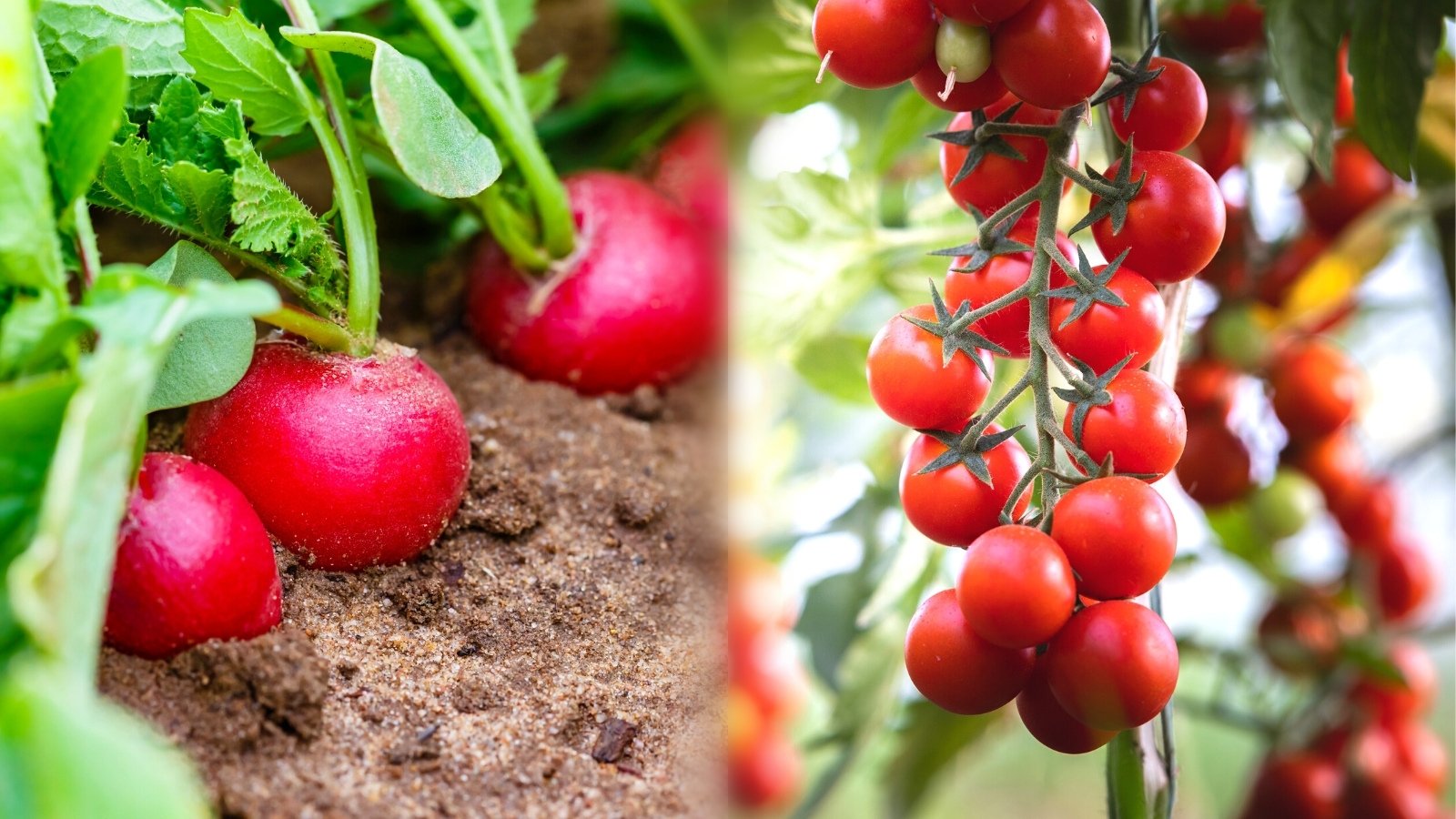I was, unfortunately, not blessed with the virtue of patience. Learning to be patient is one of the biggest lessons that I’ve gained from gardening. However, as a Zone 5b gardener, my patience is constantly being tested.
When we moved to Illinois, I joked to my husband that it feels like winter starts in October and ends in April. After living here for a few years, I can attest that perpetual winter is no joking matter! Winter sowing in my part of the world is not just a way for me to get my gardening fix earlier, but I think it’s a real necessity to expand my growing season.
Many gardeners around the world have learned about the winter sowing method and are eager to share their knowledge. I highly recommend joining the winter sowing communities online (such as on Facebook) where you can ask specific questions about local climate and specific plants. Many members have even put together extensive spreadsheets of what works and doesn’t which is an invaluable resource for the whole community. There are even hilarious memes being circulated that get us through our winter blues.
Good Products To Prepare For Winter Sowing:
What Is Winter Sowing?

As the name suggests, winter sowing is sowing seeds during winter. When your winters are as long as mine, this might mean starting seeds in January. What’s different about winter sowing versus direct sowing is that instead of putting your seeds into the final growing space, like a raised bed or container, you are sowing seeds into a mini greenhouse before transplanting them in the spring.
Winter sowing is a way of season extension for gardeners who live in colder climates where the ground may be frozen for many months. You may not need to winter sow if you already live in a warm climate where you can grow plants outdoors year-round.
Benefits Of Winter Sowing
There are some major benefits of winter sowing. I live in a rented townhouse that lacks space indoors for me to set up grow lights. However, I do have a small patio where I can place these mini-greenhouses for the winter so they don’t clutter up the interior of my house. I also don’t need to worry about purchasing shelves or playing for extra electricity to power my grow lights. I’ve also seen this space-saving tip online from master gardeners who may need to have many seedlings ready in the spring for outreach events and can’t keep up with this demand without winter sowing.
The upfront cost of starting seeds outdoors is almost zero. In fact, when I mentioned miniature greenhouses, I’ve been using recycled clear or translucent plastic bottles to create a tiny micro-climate outdoors that’s more conducive to germination. The soil inside can heat up more quickly and the enclosed sides of these bottles provide some protection against the elements. Most people who winter sow will upcycle plastic bottles or jugs. Your typical 1-gallon milk jug or distilled water jug is the perfect material.
Lastly, seeds that are started outdoors through the winter sown method are typically hardier than seeds started indoors. They do not need to go through the hardening-off process and can be immediately transplanted into their permanent location because they are used to being outdoors.
Choosing The Right Plants
Not every plant is suitable for this sowing method. If we look to nature’s method, we can see that many perennial plants and self-seeding annuals do not need any additional help from us gardeners to bounce back after the winter. These plants are the perfect candidates for winter sowing.
Check your seed pack for information about a particular plant and look out for clues like “frost tolerant”, “perennial”, “hardy” or “self-seeding” as indicators that this plant can be winter sown. Native species from your area are also a good bet because they are well adapted to your climate. Cultivars with winter-related words in their name, like Giants of Winter Spinach, are also likely to thrive using this method.
Another tip is to look for plants with seeds that need scarification. Scarification is the process of breaking the outer seed coat to help the seeds germinate. When using the winter seed sowing method, the freezing and thawing of your soil will naturally scarify the seeds for you so you do not need to manually carry out this process.
Picking The Right Time To Start Winter Sowing
Although I struggle with being patient about gardening, I will hold off with winter sowing until January even though my growing season ends in October of the previous year. This is because there might be some unseasonably warm weeks from October through December that could make my seeds prematurely germinate and then kill them off when the real cold sets in. The coldest month in winter for me is towards late winter, in February. We just recently received over a foot of snow and had temperatures that were around 20 degrees Fahrenheit consistently.
Another personal consideration for me is the amount of time it takes to gather my supplies. I typically only use recycled milk jugs or 2-liter soda bottles and I just don’t go through them quickly enough. I will stagger my winter sowing every few weeks starting in mid-January through March so I have enough time to collect my materials.
How to winter sow seeds

Step 1. Gather Your Materials
You will need the following materials:
- Bottles made up of clear or translucent plastic. Gallon-sized milk jugs or soda bottles are great. You can even use larger containers like translucent cat litter jugs if these are available to you.
- Soap and a bottle brush to wash out your jugs.
- Duct tape or packaging tapes that are really sturdy.
- A ruler to help measure the amount of soil to put into your jug (4 inches).
- Plastic plant tags. I’ve upcycled some from household plastics like yogurt containers. You will need plastic tags so they won’t rot or mold in the winter sown jugs overtime.
- A Sharpie or another permanent writing tool so you can remember what you planted and when you planted them.
- Scissors or a really sharp knife to cut open the bottles and add drainage holes.
- Potting soil
- Plant seeds
- Vermiculite (optional). I am testing this method out this year and using some vermiculite on top of some of my jugs to help with moisture control.
- Coffee filters (optional). Coffee filters can be used to line the bottom of the jugs to prevent your potting mix from falling out of the jugs and potential slugs in early spring from getting in.
Step 2. Prepare Your Jugs

If you are using jugs that have previously held a liquid like milk or soda, you will need to thoroughly wash them! Some winter sowers suggest speaking with friends who may use CPAP machines that require distilled water or going to dentists who use distilled water to get bottles that do not need this step. For me, I washed my bottles thoroughly with hot water and soap and use a bottle brush to give everything a thorough clean. I recommend washing your bottles once before cutting them open and once more afterward.
Use a pair of scissors, a sharp knife, or a soldering tool to create some drainage holes on the bottle of your jug. I find this step to be much easier before you cut the jug.

Use a ruler and measure four inches from the bottom of the jug up. If you are using a milk jug, this should come just under the handle. Make a mark and cut all the way around the jug, leaving a small tab connecting the bottom and the top. I found that using scissors gives me good control during this process. I will go back with more soap, hot water, and my bottle brush to give everything another clean.
Step 3. Sow Your Seeds

This process is very similar to regulating sowing. Line the bottom of your jug with an unbleached coffee filter if you are worried about making a mess indoors or worried about potential slug issues in the spring. Fill your jug with moistened potting soil almost up to the opening and sprinkle in your seeds. There is some debate over how densely you should sow. I would not sow as densely as microgreens, but I want to get the most seedlings out of my jug as possible. Add your plastic plant tag inside the jug during this step.
Cover the surface with a thin layer of soil and an optional layer of vermiculite to help with moisture control.
Write the sowing date and cultivar on the duct tape that goes around the jug. This way, you can reuse your jug the following year without confusing labels on the plastic. Tape the jug closed all the way around.
Step 4. Place Outdoors And Wait

This is the hardest part of the winter sowing method! I’ve put my bottles outside next to my raised bed. As you can see from the earlier photo, I’m using a combination of different juice, soda, and milk jugs. Do not put the caps back on the bottles because this top opening ventilates your mini greenhouse and allows rain and snow to water the seedlings. You may need to check on your bottles and water them as needed in case you do not get a lot of precipitation. The seeds will need some time to germinate. For the seeds that I’ve sown in mid-January, I anticipate that they will germinate in mid to late March.
Winter sowing is a great way to do a bit of gardening even if we can’t really work outside. It’s a simple and inexpensive way to start some seedlings. In combination with other season-extension methods like growing under horticultural fleece, hoop houses, or low tunnels, it can really help cold-climate gardeners get the most out of our year.
Frequently Asked Questions
Q: Where can I collect jugs for winter sowing?
A: Collecting jugs can definitely be a challenge! Speak to your neighbors, friends, or family about getting their bottles. You can try to speak with local cafes for their milk jugs or dentist offices for distilled water jugs. Alternatively, start saving up your own household bottles in advance in anticipation of winter sowing. Remember, this is an upfront investment because these bottles can be reused in subsequent years.
Q: Can flowers be winter sown?
A: Yes! Many flowers and vegetables can be winter sown. Check out the Winter Sow Facebook group for inspirations and success stories based on your local climate and zone.
Q: Do I need to water my jugs?
A: This depends on your local climate. Keep an eye out on your jugs to make sure that they have a consistent moisture level. Water the jugs as needed if you think they may be drying out.














